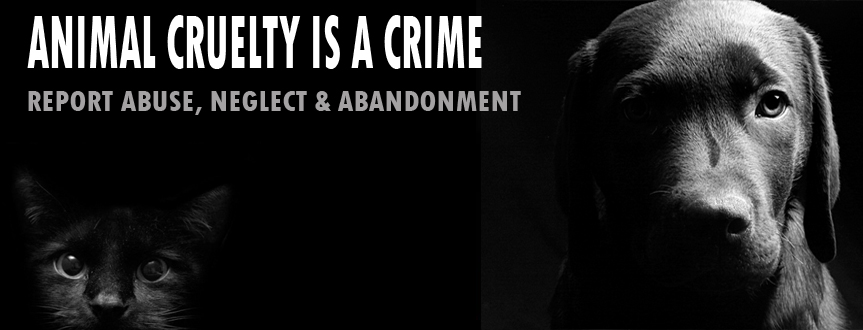In the State of Texas, animal cruelty laws have been in place since 1879. While earlier versions of the laws dealt with cattle and livestock, today Texas cruelty laws protect a variety of animals from inhumane treatment. These laws define which actions are “cruel”, explain what punishment or penalties can be imposed against those whom cruelly treat animals, and describe minimum care requirements for impounded and wild animals.
Under Texas law, the cruel treatment of animals is forbidden. There are a number of actions that are considered “cruel”, including:
(1) torturing an animal;
(2) failing to provide food, care or shelter;
(3) abandoning an animal;
(4) transporting or confining an animal in a cruel manner;
(5) killing, seriously injuring, or poisoning an animal;
(6) causing an animal to fight with another;
(7) using a live animal as a lure in a dog race;
(8) tripping a horse;
(9) injuring an animal belonging to another person; or
(10) seriously overworking an animal.
Generally, there are two types of laws that protect animals from cruelty: criminal laws and civil laws. These two types of laws are similar in many ways but differ greatly in the penalties that they impose. If prosecuted in a criminal case, a person may face penalties including a fine, loss of freedom, or both. In Texas, animal cruelty convictions are classified as either a misdemeanor or a felony. If a person under the age of eighteen is convicted of animal cruelty, the law also requires that he or she undergo counseling. On the other hand, if a person is brought to court in a civil case for treating an animal cruelly, that person may have to pay damages to the animal’s owner, or may have their own animals taken away. The court could order that the animal be auctioned, given up to an animal rescue group, or put to sleep.
Compared to other states’ cruelty laws, Texas animal cruelty laws are unique in a couple of ways. First, Texas criminal cruelty laws only apply to domesticated animals, such as house pets and livestock. The laws do not protect wild animals, circus animals, or animals used in experiments. Second, Texas recently passed separate laws in 2001 that govern the keeping of dangerous wild animals, such as lions, tigers and bears. These laws require people that own wild animals to register the animals in the county in which they live. The laws also set forth minimum care requirements, such as enclosure or cage size, for the animals. Lastly, Texas no longer has any specific laws that govern the treatment of circus, carnival, or zoo animals. These laws were repealed by the Texas legislature in 1999.

